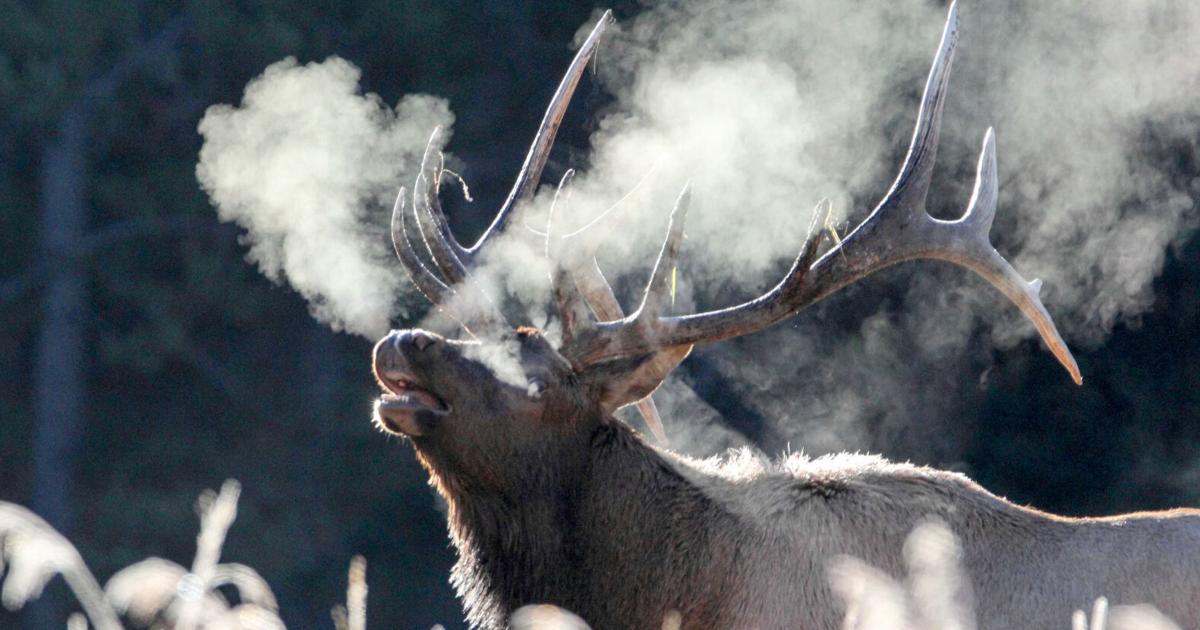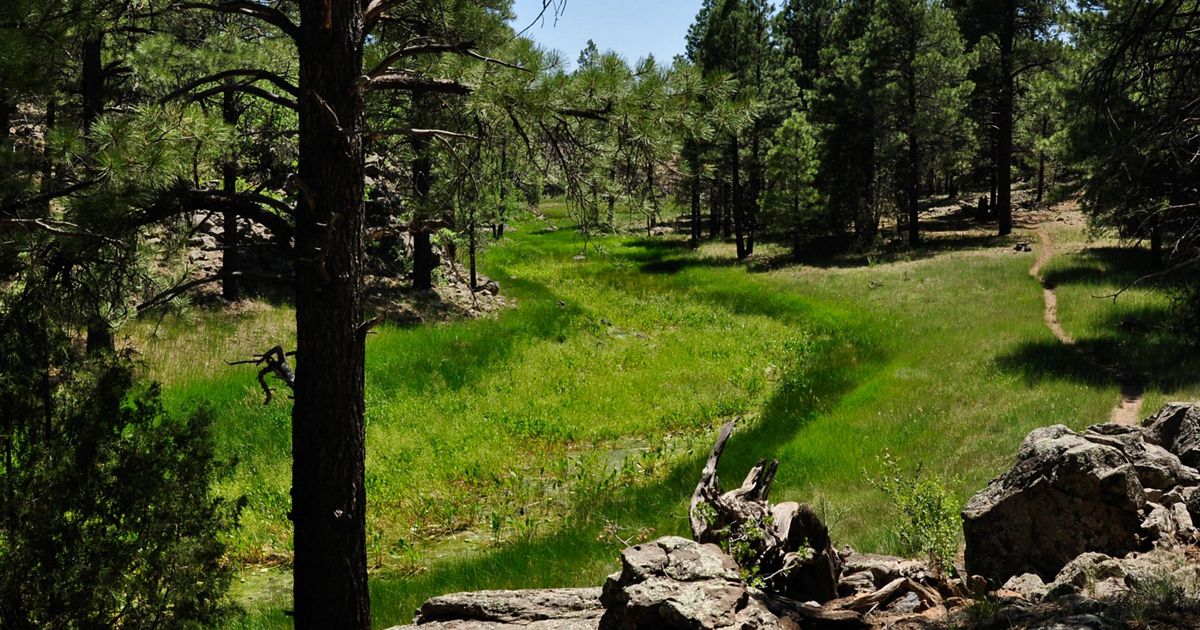MLaird
Well-known member

Elk advisory committee finalizes management recommendations.
The 14 recommendations from the Elk Management Citizen Advisory Group will now undergo legal and fiscal analysis before going out to the public for comment.





